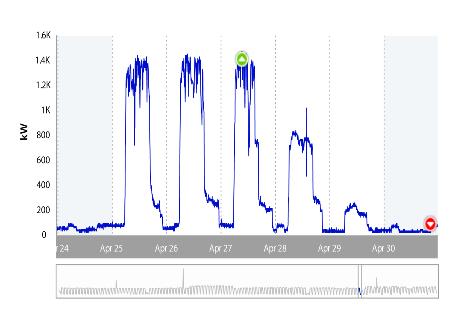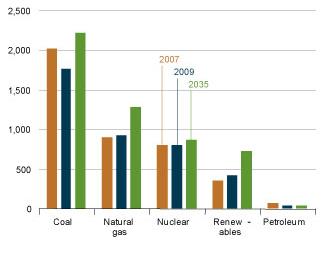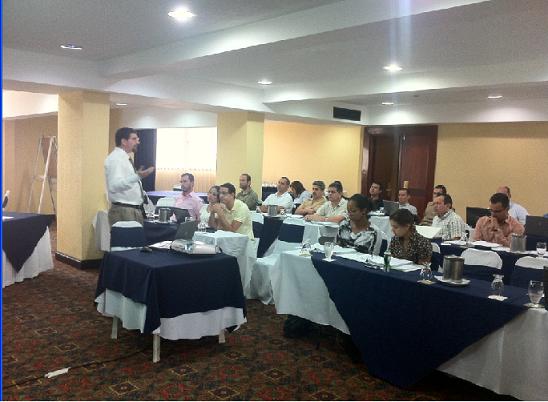by Edgar Arias, PhD Candidate, earias@vt.edu
Origins of Supply Chain Management: First 20 Years of Research The concept of Supply Chain Management ( SCM) is fairly new in the business literature; Giunipero et al. [1] and Mentzer [2] indicate that it was initially introduced in the 1960s by J.W. Forrester, in his book Industrial Dynamics, where the author established that success of industrial companies was intrinsically related to the “interactions between flows of information, materials, manpower and capital equipment” [1]. Nevertheless, after this initial effort to define the term, approximately 20 years passed before for the actual concept of “Supply Chain Management” to be addressed by scholars and practitioners in only a “handful” of articles between 1985 and 1987 [1, 3].
The end of the 1990s was characterized by an exponential growth in SCM research. Several literature reviews [1, 3] concur on the significant growth in the appearance of publications addressing the subject, particularly since 1999. In 2006, Burgess et al. [3] circulated a literature review where 100 peer-reviewed articles were randomly selected to study the nature of SCM publications available at the time. The group of researchers determined that out of the total sample chosen, only a small fraction were articles dated from 1985, and a total of 77 were published between 1999 and 2003. Figure 1 depicts the time distribution of publications based on Giunipero’s [1] research, which accounted for a sample size of 405 articles, covering the years between 1997 and 2006.
According to Mentzer [2], at least three factors may have contributed to the increase in interest of scholars and practitioners on the fundamentals behind the concepts of SCM in the early 2000s: trends on global sourcing, emphasis on time and quality-based competition, and their respective contribution to a greater environmental uncertainty. Globalization of suppliers and customers has brought an additional set of variables to consider in order to effectively managing business functions such as procurement, logistics, manufacturing, sales, marketing, etc.; which has posed a challenge on multinational firms to secure sustainability in highly competitive environments. Lead-time and quality, both understood as potential “market qualifiers”, are considered by Martin and Towill [4] as fundamental elements of a lean supply (chain) and therefore necessary to enable cost as a market winner , also identified by Kaplan and Norton [5] a as one of the key elements for any productivity-based financial strategy. The globalization of supply chains in combination with an increased emphasis on competition based on agility, summed to a fast pace on technology and economic condition changes, is what according to Meltzer’s perspective, it is creating the business intricacy that helped SCM become a popular area of study [2].
Continue reading “RESEARCH BRIEF: Origins of Supply Chain Management: First 20 Years of Research”





